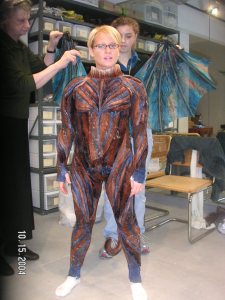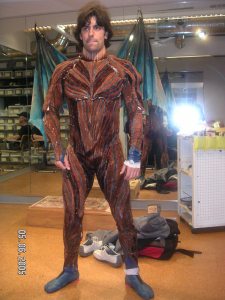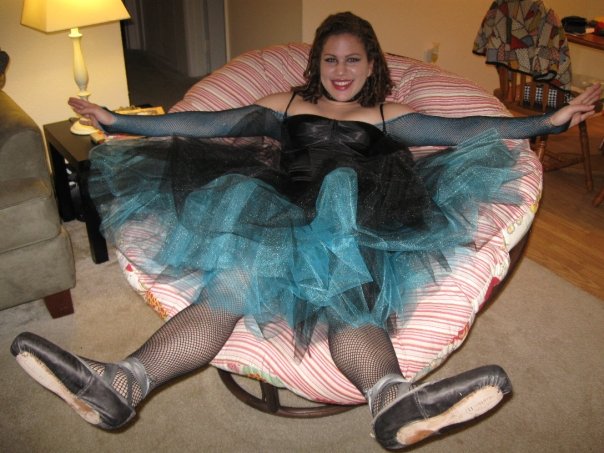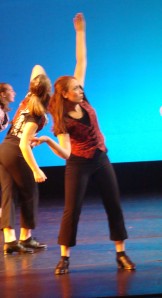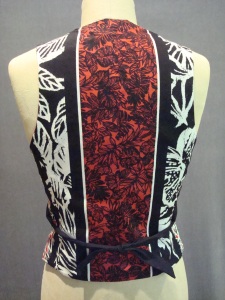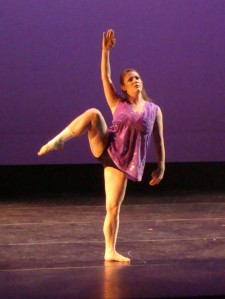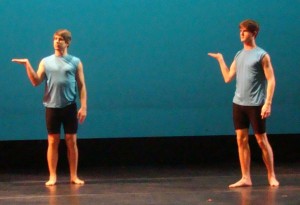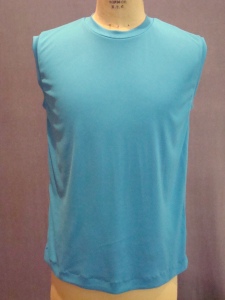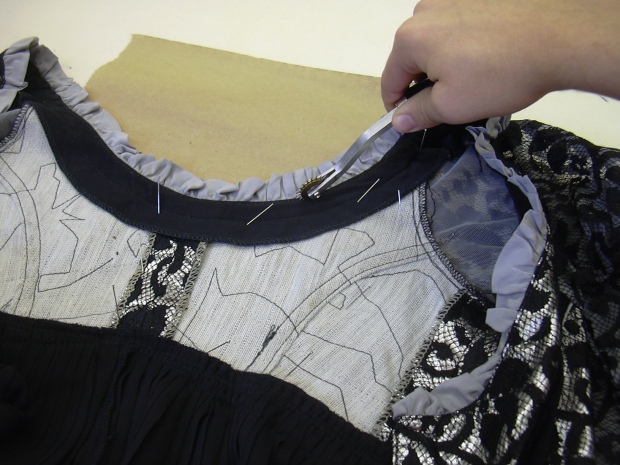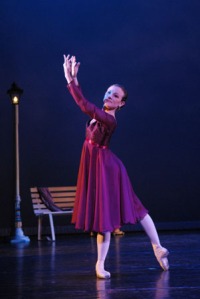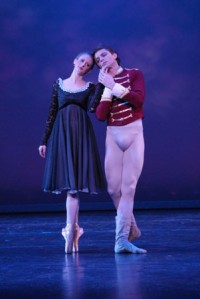Again, it’s been a long time since my last post. Things have just been really crazy this summer. But I promised flying monkeys and here they are!
I started working on the flying monkeys for Wicked once we got the last of Shrek sent off to previews. The draper that I was working for and the lead first hand for the team went to Chicago for the Shrek dress rehearsals so I was left in charge of flying monkey production and keeping a stitcher busy who usually had 4 people setting up work for her. Keep in mind, I had never made a flying monkey before, or any kind of monkey for that matter. Before she left, the lead first hand sat down with me a made a list of instructions.
I was surprised to learn that the monkeys start out as white fabric. Part of my job was to mark out guidelines for the painters. The monkeys are a combination of fabrics to create texture and are a base unitard with dimensional muscle pieces added on top. I didn’t make the wings, so I’m not sure how those work. The unitards and muscles were enough to keep me plenty busy. Everything had to be done in a certain order so that stitching and painting happened in the correct order and with 15 monkeys to make it was important to have everything labeled. I did eventually get some more help, other teams in the shop ran out of work and came to help me with mine. I could not have been more grateful. Since Shrek had gotten behind schedule, the monkeys had been pushed back and we were scrambling to catch up. Also, the draper and lead first hand returned partway through the process so I had people who had done this before and knew the process inside and out.
Here are the flying monkeys! The actors pictured are Angela Brydon and Clyde Alves. The male and female costumes are slightly different. The male muscles are made thicker than the female muscles.
The monkeys were the last complete thing that I worked on at Parsons-Meares. I did get to do just a little bit of work on Spiderman Turn Off the Dark because I asked to. I just couldn’t let that opportunity pass me by. Parsons-Meares did all of the villains for the Spiderman musical and watching them evolve throughout the summer was one of the coolest things that I have ever gotten to see.

